Copyright 2021 by Omri Boehm All rights reserved.
Names: Boehm, Omri, author.
Title: Haifa Republic: a democratic future for Israel / Omri Boehm.
Description: New York City: New York Review Books, 2020. | Series: New York Review Books
Identifiers: LCCN 2019039530 (print) | LCCN 2019039531 (ebook) | ISBN 9781681373935 (paperback) | ISBN 9781681373942 (ebook)
Subjects: LCSH: Zionism. | Arab-Israeli conflict. | IsraelEthnic relations. | IsraelPolitics and government.
Classification: LCC DS149 . B63 2020 (print) | LCC DS149 (ebook) | DDC 320.95694dc23
If you will it, it is no dream.
Introduction
I n the twenty-five years that have passed since the assassination of Yitzhak Rabin, his two-state Oslo legacy has been driven into the ground. In 1993, when the agreement was first signed, approximately 110,000 settlers were living in the West Bank, and 146,000 were living in occupied territories surrounding Jerusalem. By now, the numbers have increased to approximately 400,000 settlers in the West Bank and 300,000 around Jerusalem. This situation will not be reversed. In 2021, roughly 10 percent of Israels Jewish population lives on occupied territorysubject to Israeli law, represented by Israels parliamentand enjoys the opportunities and prosperity of a flourishing first-world country, with public schools, factories, banks, a system of highways, and a research university at their disposal. Around them, however, are almost 3 million Palestinians who, for 53 years now, have lived under Israels aggressive military regime.
Even intransigent two-state supporters agree that not all of these settlers can be evacuated, but they insist that the challenge posed by their presence is exaggerated. On this view, whereas the West Banks map is stained by approximately 130 spots marking Israeli settlements, about 110 of them count populations of less than 5,000. Another 60 settlements, the argument goes, have populations of less than 1,000, and many of them are, in the first place, located next to the 1967 border: by introducing only minor corrections to the border, it is allegedly possible to leave most settlers within Israels proper territory, and to compensate the Palestinians with other pieces of land from other areas. Given this, it is claimed that the tendency to grossly overstate the obstacle that settlements pose to a future two-state solution is based not on a sober analysis of the situation, but on an ideological support of one-state politics.
Unfortunately, this optimism is itself highly ideological, and can only be preserved if one avoids a careful look at the map. Surprisingly to many, the main obstacle has nothing to do with the number of settlers, but with the number of Palestinians. In the territory between the Jordan River and the Mediterranean Sea currently lives a Palestinian majority, constituting approximately 53 percent of the population. Yet even the most generous two-state programs offer this population about 22 percent of the land. We have grown accustomed to ignore this fact, and to see this arrangement as a reasonable, desired compromise. The truth is that it isnt, and not merely because it is unjust: offering sovereignty to the majority of the population on this tiny and discontinuous fraction of the territory isnt the type of compromise that can bring peace.
And then again the number of settlers must also be considered. While it is true that about 110 West Bank settlements have less than 5,000 inhabitants, this leaves 20 settlements counting more than 5,000, and some of them counting significantly more. Modiin Illit, a settlement not far from Jerusalem, counts more than 70,000 inhabitants; Beitar Illit, 55,000; Maale Adumim, 40,000; and the list goes on. To understand the significance of these figures, consider Israels evacuation of settlers from the Gaza Strip, in 2005. In total, 8,400 settlers were removed from a land that is not nearly as sacred to Jews or symbolic to Israelis as the West Bank, and the event is still remembered as traumatic to Israeli society. Also, the idea that most settlements are located along the 67 border is misleading. Whereas the largest settlements indeed are located near the border, numerous others are located very deep in the territory. Ariel, one of Israels most prosperous settlementspopulation 20,000is positioned at the heart of the West Bank. Its location was strategically chosen in the 1970s to interrupt any possible geographical continuity of a future Palestinian state. Speaking in 1980 as Israels minister of defense, Ariel Sharon had already referred to the settlement project as a fait accompli, a skeleton that had been laid down in the West Bank and would prevent any territorial compromise. Given this skeleton, he said, I dont see now any area that can be handed [over] to anybody. When he spoke, a settlement like Ariel counted only a few hundred inhabitants. In 2018, Sheldon Adelson, the casino mogul who served as Trumps chief donor, contributed the necessary sum for the founding of Ariel Universitys Adelson School of Medicine. Sharons skeleton is now a fully formed, heavy body. At some point one must admit that the two-state dream has faded into a two-state illusion. Ignoring this fact is akin to denying global warming.
Meanwhile, the idea of an enlarged Jewish state encompassing the West Bank is gaining currency, both in Israel and internationally. Almost immediately after he had assumed office, President Trump signaled that he would back out of the two-state commitment to which US presidentsDemocrats and Republicans alikehad remained loyal for decades. When Trumps so-called Deal of the Century emerged, Israelis across the political spectrum started explicitly advocating annexations as well. During Obamas presidency, even Netanyahu paid occasional lip service to the two-state solution, proclaiming a vision of peace in which the two peoples would live freely side-by-side, each with its own flag, its own national anthem, its own government. The Obama administration countenanced this open lie because it helped mitigate escalating feuds with Israels government and spared the president a clash with Americas Jewish community. The mainstream liberal media was getting comfortable with Netanyahus lies as well. Whether we like it or not, Trumps presidency shattered the hypocrisy: the position of the Israeli government has hardly changed in practice, but it now speaks truthfully of what it has been doing all along, namely preventing a Palestinian state and promoting annexations. Significantly, this is not just a Netanyahu policy; his party, Likud, embraced annexation officially in 2017. Blue and White, as well as Yesh Atid, Israels center-left opposition, have also been enthusiastic about the Deal of the Centuryand no longer even pay lip service to the idea of a Palestinian state. If a Biden-Harris administration wishes to backpedal to the old familiar politics, it will be sure to fail: there is no going back to the two-state lie, let alone to the two-state solution. A new generation of Democrats refusing to accept ethnic nationalism obviously knows this well. Yet what is there for liberal democrats in Israel or the US to offer in place of the defunct two-state solution? What is the plan?




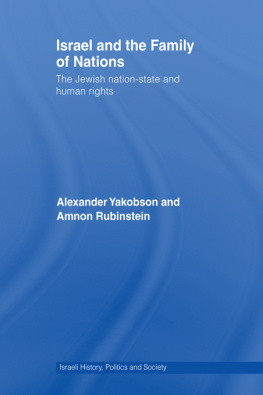
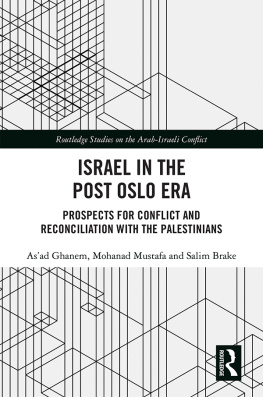
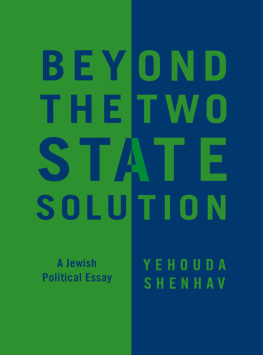
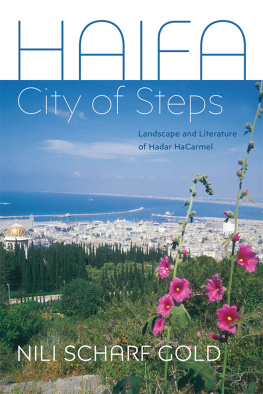
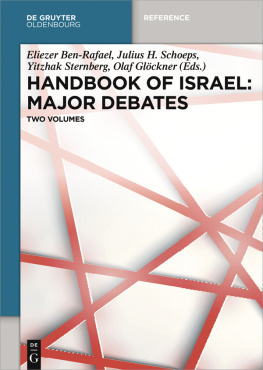




 New York Review Books New York
New York Review Books New York